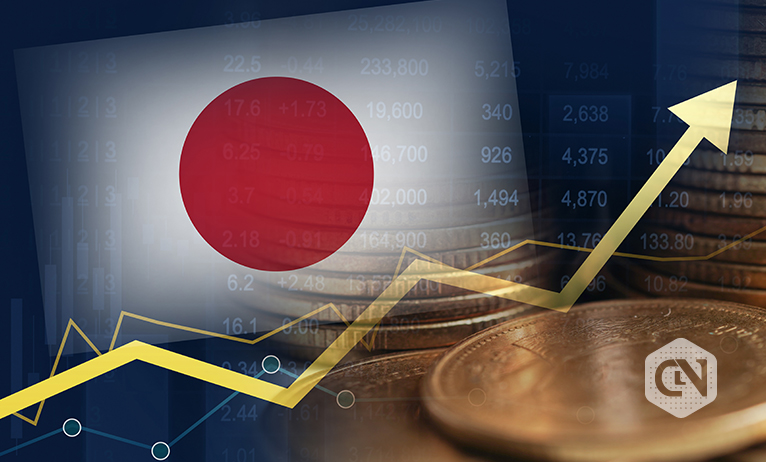India’s inflation is below 6%. Despite a global slump, the country continues to grow swiftly. Some of it can be attributed to India’s firm position on purchasing subsidized Russian fuel during the Russia-Ukraine war. However, one issue that has caught the IMF’s attention is the regulator’s suspected excessive involvement in forex.
The International Monetary Fund believes that the RBI, that is, the Reserve Bank of India, is interfering more than it should when it comes to the forex segment. India’s Central Bank has dismissed these allegations, stating that they are doing everything while complying with transparency.
An overall principle in the argument is that the RBI may be selling the US dollar to benefit the INR, thereby influencing the foreign exchange rate.
The IMF’s comments cover the period from December 2022 to October 2023. According to an IMF assessment, the currency intervention likely exceeded the level required to remedy the chaotic market environment. The IMF has moved the categorization to a stable system for de facto exchange and a floating framework for de jure classification.
Advertisement
RBI on forex intervention has said that everything remains market-determined with no target for a specific currency, the US dollar in this case. Authorities from the Central Bank have further stated that every aspect of intervention comes only from volatility to prevent steep inflation. Forex brokers in India have their sights set on what comes from the IMF. From the looks of it, RBI is very clear from the allegation that the IMF has put on the table.
The RBI’s goal is to prevent sharp depreciation because it impacts the pricing of fuel, edible oil, and other imports. Because of the INR’s devaluation, every imported item becomes more expensive for Indian customers. What makes matters worse is that each action taken by the Federal Reserve, such as raising interest rates, has a negative impact on Indian citizens.
The RBI’s stance has become neutral; it has little choice because excessive appreciation of the native currency could harm the export business. In other words, swift appreciation affects exports and sharp depreciation hurts imports.
While allegations by the IMF, on paper, make a strong case for their representatives, it is hard to ignore that the Indian Central Bank would take a step that would affect its export business.
Indian representatives have set a precedent by noting that market intervention cannot be viewed in black and white terms, especially when developing and emerging countries must bear the consequences of decisions made by industrialized markets. The Governor of the Reserve Bank of India, Shaktikanta Das, has stated that their goal is not to have a specific level or exchange rate with intervention dependent on how the market is working.
Advertisement
Having said that, India’s inflation in November 2023 was 5.55%, up from October’s figure of 4.87%. Reportedly, the lowest it has been is 1.54% in June 2017, and the highest it has been is 12.17% in November 2023.







